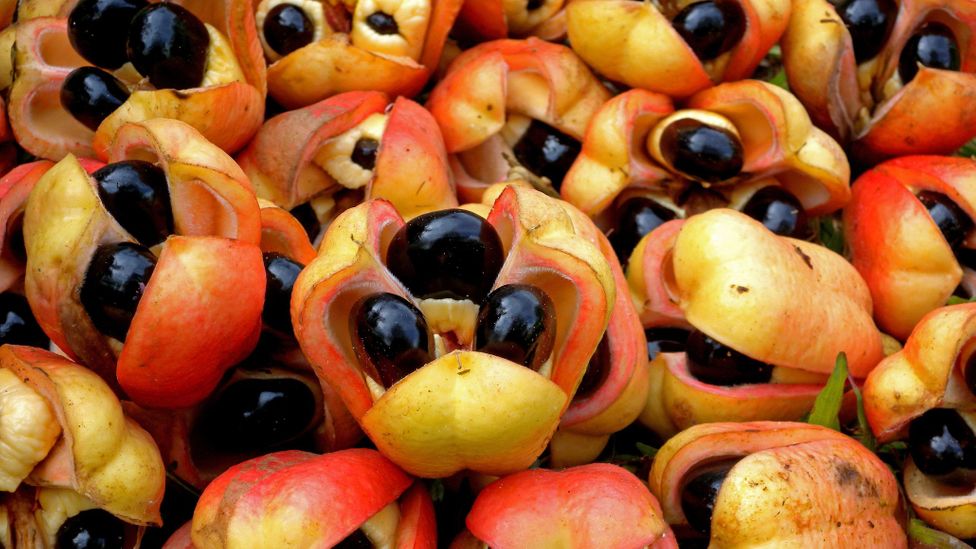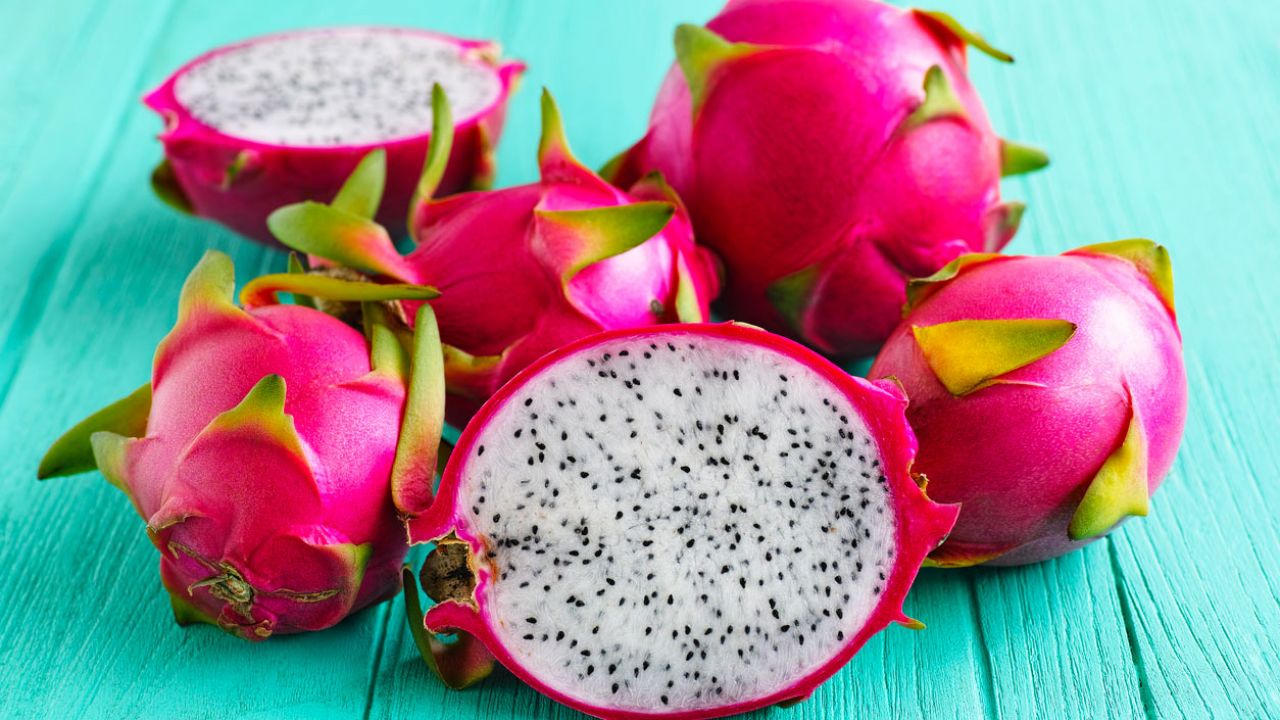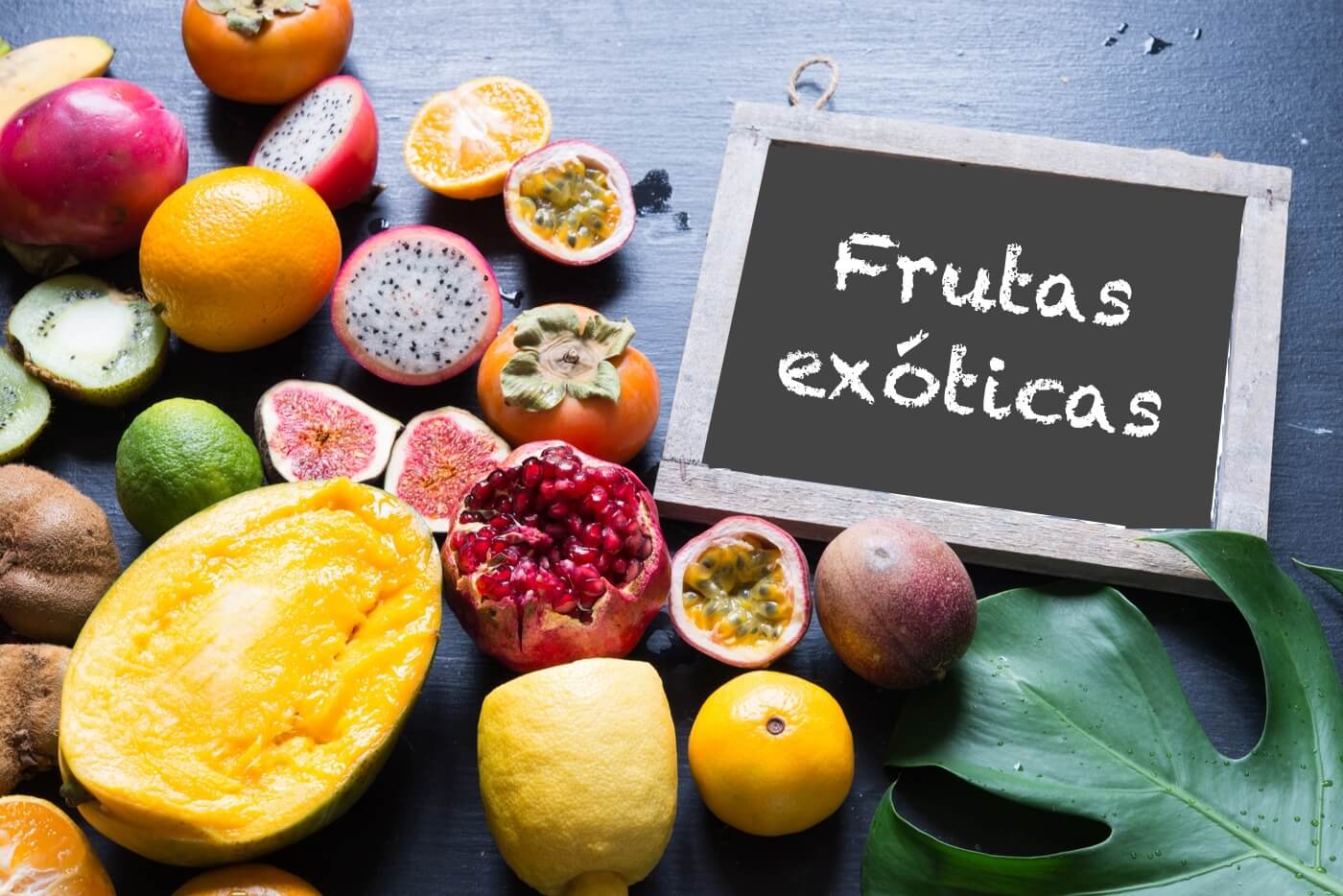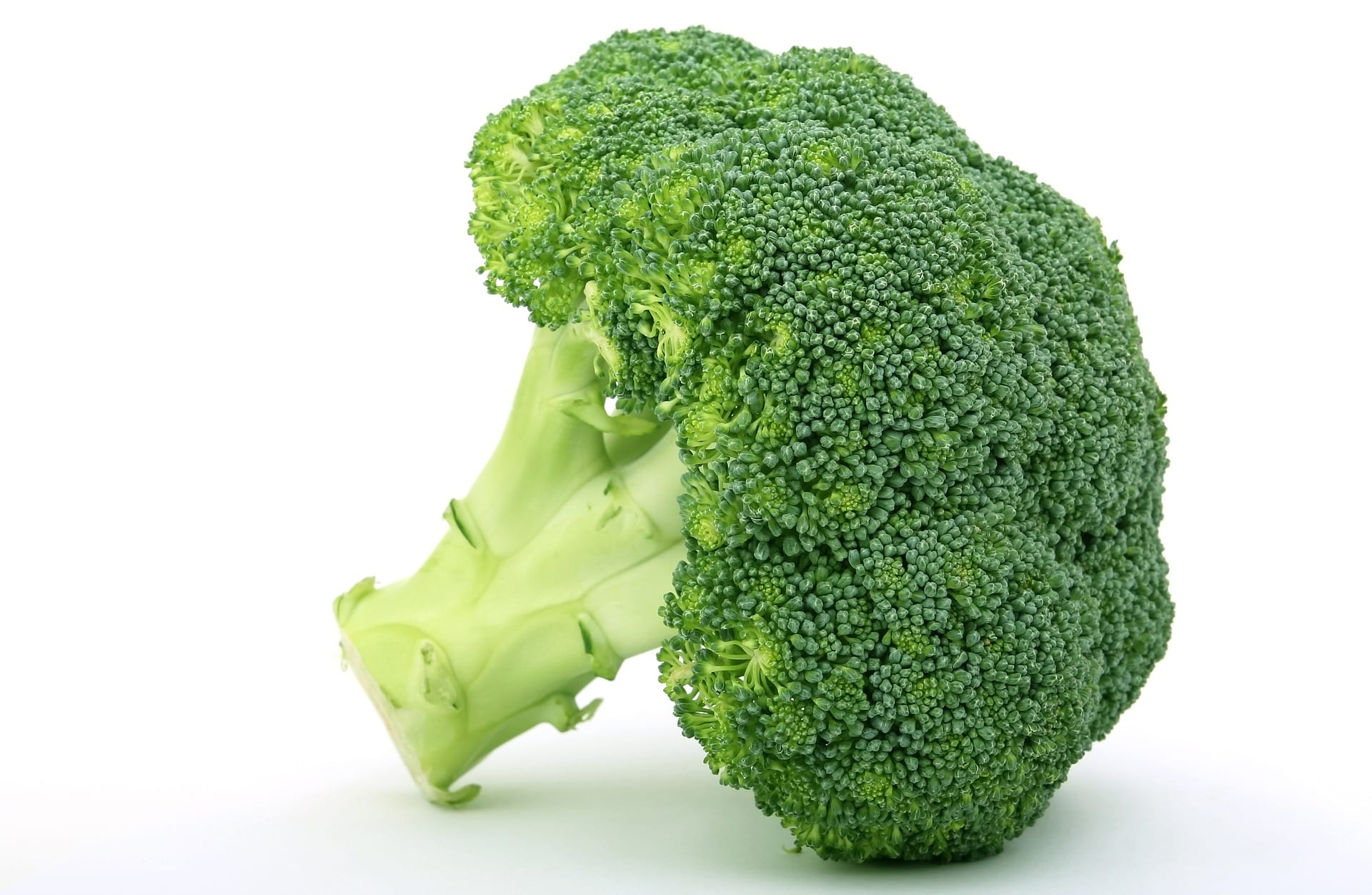All the most exotic fruits of the planet will amaze you, above all, by its appearance. We have been very curious to try them. But, it is important to find out about its peculiarities, since not all they are consumed the same. In fact, even one of them it's toxic when immature. We have selected the three of the fruits more exotic. In our opinion, they are the most they will surprise you Do you want to know what they are? Keep reading!
What are the most exotic fruits?
ackee or blighia sapida: exotic, but dangerous
Despite being the Jamaican national fruit el ackee It is a tree native to tropical regions of the west africa. Although there are various theories about the authorship of his arrival in America It is estimated that it was introduced in the Jamaican country around the end of the century XVIII. Since then his best before date es usual, however, must be very cuidadoso. The reason is that when the fruit is green, that is, it has not yet fully matured, it is poisonous. The disease it causes is known as "Jamaican vomit" There are many documented cases on the island, many of them lethal.

This fruit can only be consumed when it is completely mature. In this way, the fruit is removed from the tree when it is naturally completely open and about to fall. Likewise, the seeds they are the ones with the greatest toxicity, which remains, even mature. Therefore, they must be carefully removed. The ring mature seedless is frequently consumed Cookedbut can also be eaten raw or fried (after having boiled it in salt water or milk).
Pitahaya: the dragon fruit
La pitahaya It is a cactus plant, that is, it is a cactus and therefore is resistant to drought. Although it is currently cultivated in various regions of the world, it is believed that it originated in America. Specifically in the South of Mexico, the side of Guatemalan Pacific y Costa Rica y El Salvador. The most striking thing about this fruit is its appearance. There are different varieties, color yellow, pink y Red by outside, but they all look scaly. In fact, that's where its name comes from. "pitahaya" which in Haitian means scaly fruit.

its characteristic pulp is white and it's full of tiny black seeds. But, even more appreciated is its flavor: sweet and juicy. This can be eaten with a spoon (kiwi style) by letting the pitahaya cool and cutting it in half. We know that you have wanted to try it. The best is that you can do it. In Spain supermarkets known as El Corte Ingles o Carrefour They sell it in their greengrocers. However, in the latter, temporarily out of stock.
If you have been captivated by its striking colors, he will also do it for his nutritional benefits. Dragon fruit is mostly made up of water, therefore, will keep you hydrated and prevent fluid retention. For this same reason it has a very low caloric profile. The tiny seeds we were talking about are present in the 60% of its pulp which prevent the constipation improving intestinal transit. Also, if you're tired of the orange This fruit is a powerful source of vitamin C. Although, even more so is the black sapote, the last of our top 3 of the more exotic fruits
See this post on Instagram
black sapote
El black sapote It is a tree native to Central America and his fame is due to his fantastic fruits. known as chocolate pudding fruits due to their aroma and flavor they are very sweet. Perfect for those with a sweet tooth. Verde outside and, at the opposite pole of the pear, black inside. Their dark color attached to his gelatinous texture It doesn't invite you to try it, but we promise you won't regret it. Furthermore, the fruit of black sapote contains 4 times more vitamin C that orange.







